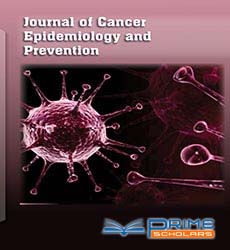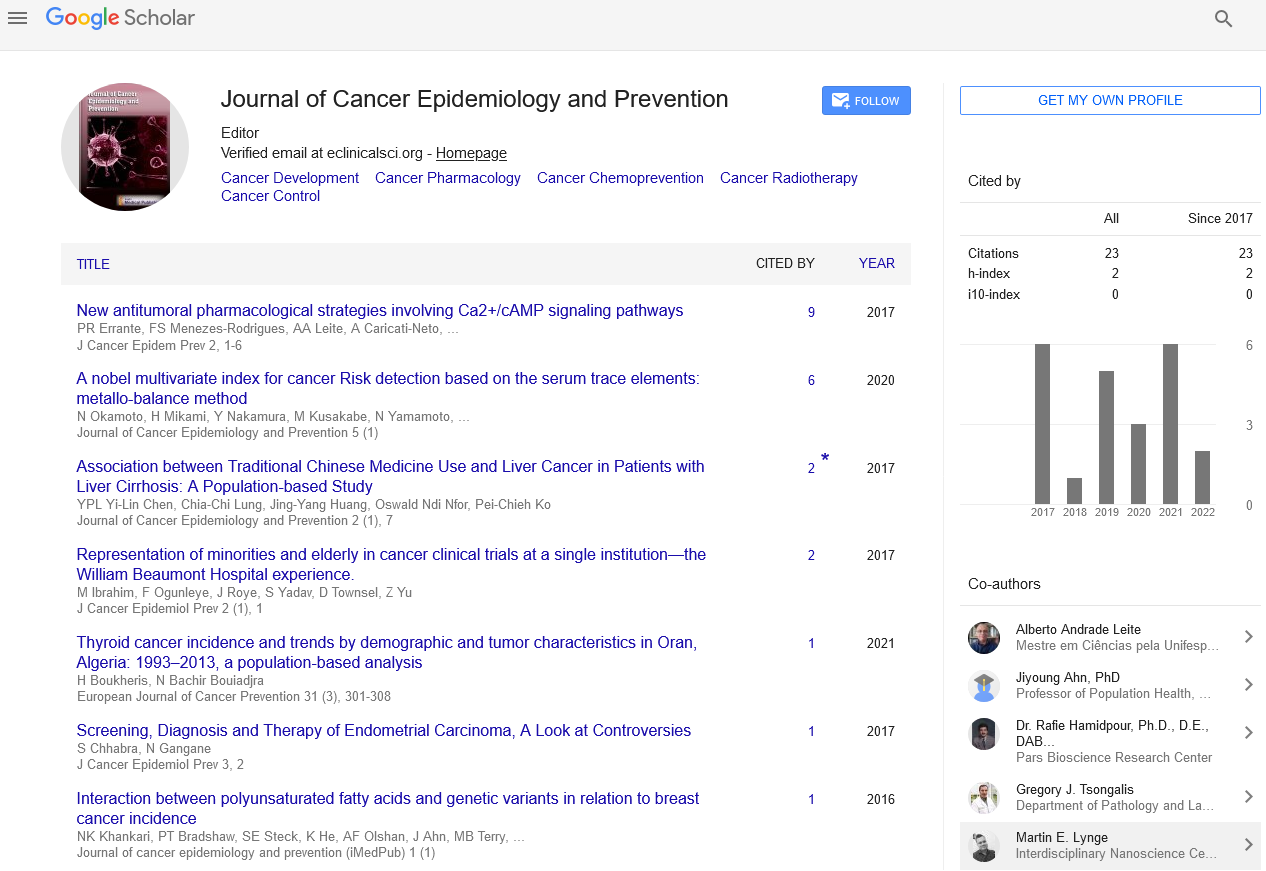Commentary - (2025) Volume 10, Issue 1
HPV Vaccine: Protecting Against Human Papillomavirus
Tez Tek Sim*
Department of Immunization, Vaccines and Biologicals, Saint Louis Missouri, United States
*Correspondence:
Tez Tek Sim, Department of Immunization, Vaccines and Biologicals, Saint Louis Missouri,
United States,
Email:
Received: 19-Mar-2024, Manuscript No. IPJCEP-24-19250;
Editor assigned: 21-Mar-2024, Pre QC No. IPJCEP-24-19250 (PQ);
Reviewed: 04-Apr-2024, QC No. IPJCEP-24-19250;
Revised: 24-Mar-2025, Manuscript No. IPJCEP-24-19250 (R);
Published:
01-Apr-2025, DOI: 10.36648/ipjcep.10.1.42
Description
Human Papillomavirus (HPV) is a widespread sexually transmitted infection that can lead to various health issues, including genital warts and certain types of cancer. Fortunately, advances in medical science have led to the development of vaccines that effectively prevent HPV infection and its associated complications. Here's what you need to know about the HPV vaccine:
What is HPV? HPV is a group of viruses that infect the skin and mucous membranes. It is the most common sexually transmitted infection worldwide. While most HPV infections resolve on their own without causing any symptoms, some strains of the virus can lead to genital warts and various cancers, including cervical, anal, penile, vaginal, vulvar, and oropharyngeal cancers.
The HPV vaccine: The HPV vaccine is a powerful tool in preventing HPV infection and reducing the risk of associated health problems. There are several HPV vaccines available, with the most common ones targeting the most prevalent cancer-causing strains of the virus. These vaccines are typically administered in a series of shots over several months, offering long-lasting protection against HPV infection.
Who should get vaccinated? The HPV vaccine is recommended for both males and females, ideally before they become sexually active. The Centers for Disease Control and prevention (CDC) recommends routine HPV vaccination for adolescents aged 11-12, although it can be administered as early as age 9. Catch-up vaccination is also recommended for individuals who were not vaccinated during adolescence, up to age 26 for females and age 21 for males.
Benefits of HPV vaccination
Prevention of HPV infection: The primary benefit of the HPV vaccine is its ability to prevent HPV infection and its associated health issues, including genital warts and certain cancers.
Cancer prevention: By reducing the prevalence of cancercausing HPV strains, the vaccine helps prevent cervical, anal, penile, vaginal, vulvar, and oropharyngeal cancers.
Herd immunity: High vaccination rates within the population can lead to herd immunity, protecting even those who are not vaccinated.
Safety and efficacy: The HPV vaccine is safe and highly effective. Extensive research and clinical trials have demonstrated its safety and efficacy in preventing HPV infection and related diseases. Like all vaccines, the HPV vaccine may cause mild side effects, such as soreness at the injection site or low-grade fever, but serious adverse reactions are rare.
Conclusion
The HPV vaccine is a critical tool in the fight against HPVrelated
health issues, including certain types of cancer. By
vaccinating adolescents and young adults, we can significantly
reduce the prevalence of HPV infection and its associated
complications. If you or someone you know is eligible for the
HPV vaccine, talk to a healthcare provider to learn more
about the benefits and schedule vaccination. Let's work
together to protect our communities from HPV-related
diseases and promote overall health and well-being.
Citation: Sim TT (2025) HPV Vaccine: Protecting Against Human Papillomavirus. Am J Cancer Epidemiol Prev. 10:42.
Copyright: © 2025 Sim TT. This is an open-access article distributed under the terms of the Creative Commons Attribution
License, which permits unrestricted use, distribution, and reproduction in any medium, provided the original author and source
are credited.

